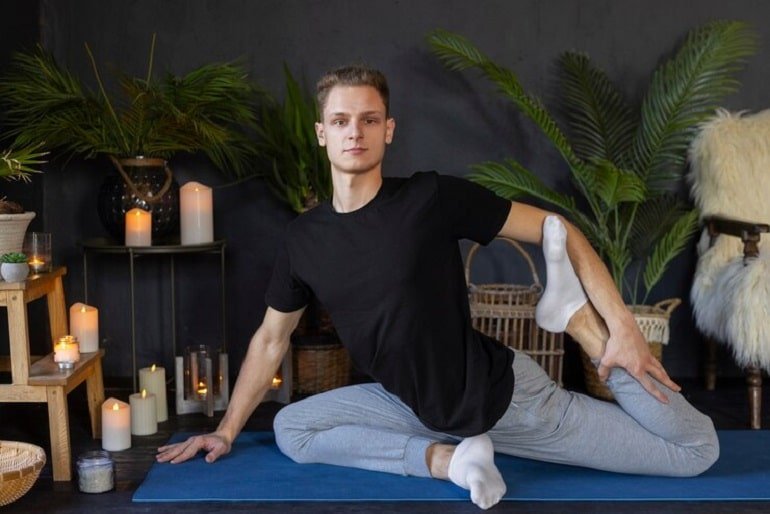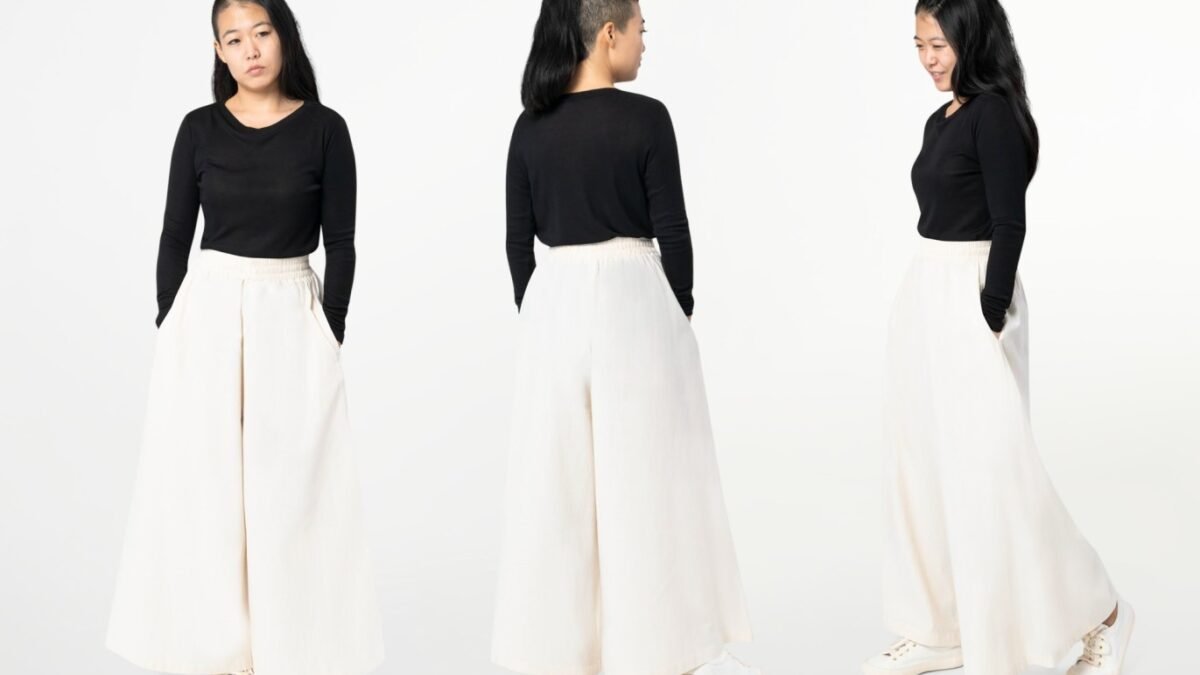
Fashion does not exist in a vacuum – it is profoundly shaped by surrounding historical events and social context. Over the centuries, major events like wars, revolutions, and social movements have influenced clothing styles and fashion trends. By looking back at history, we can clearly see how fashion both impacts and is impacted by larger cultural forces.
This article will provide an overview of some of the most significant ways historical events have shaped clothing styles and fashion. Understanding this complex relationship provides insight into fashion’s important societal role of reflecting our collective culture and values.
The impact of wars and revolutions on fashion, including military influences and rationing
Wars and revolutions have dramatically impacted fashion by introducing new functional garments, rationing supplies, and reflecting changing gender roles.
Military influences: Uniform styles and utilitarian garments have filtered into civilian fashion during wartime. For example, trench coats gained popularity after WWI, while WWII introduced functionality-focused styles for women working in factories.
- 1918: Trench coats with D-rings, epaulettes and storm flaps inspired by soldiers’ uniforms
- 1940s: Rosie the Riveter bandanas and practical shirtwaists worn by female war workers
Rationing: With rationing of supplies like fabric, clothing became more minimal and narrow in silhouette. Hemlines rose to conserve fabric, and decoration was sparse.
- 1940s: Shorter hemlines, reduced use of fabric, simpler styles without excessive decoration
- 1970s: Miniskirts and androgynous styles reflecting military surplus clothing
Changing gender roles: As women joined the workforce during wars, fashion adapted to their new public roles with functional, masculine-inspired styles.
- 19th century: Romantic, hyper-feminine trends rejected after the French Revolution
- 1940s: Masculine-inspired suits and working uniforms for women
The role of social and cultural movements in shaping fashion trends
Beyond wars and politics, social and cultural movements have also greatly impacted fashion trends as expressions of changing values.
- 1920s: Androgynous, looser silhouettes reflecting growing women’s liberation after suffragette movement success
- 1960s: Hippie styles, psychedelic prints and bold colors embodying counterculture, anti-war sentiments
- Black Pride movement: Natural hairstyles and traditional African patterns and colors celebrating black culture
- Environmentalism: Sustainable fabrics, upcycling and minimalism in eco-conscious clothing
Even today, we can see fashion being used as a powerful vehicle for expressing activist messages and shifting cultural perspectives. Clothing allows marginalized communities to assert and celebrate identity during social change movements.
The evolution of fashion trends throughout history
Looking back through history reveals how fashion continuously evolves in response to what is happening in society. Here are some examples across eras:
1600-1800s: Opulent fabrics and exaggerated silhouettes reflect the aristocratic exuberance of the Baroque/Rococo periods before the French Revolution
1820s-40s: Romantic, gentle styles mimicvalues of introspection and nature appreciation during this cultural movement
1860s-1900s: Cage crinolines, S-bend corsets and heavy fabrics display opulence in the prosperityof the Industrial Revolution
1920s: Bold colors, dropped waists, and sleek lines express new postwar freedoms of the flapper era
1960s-70s: Tie-dye, bell bottoms, and maxi dresses embody hippie counterculture and anti-war sentiment
1980s: Big shoulder pads, power suits, and bright pops of color reflect a booming economy and materialism
1990s: Grunge flannel, minimalist silhouettes, and heroin chic models reflect angst and underground music trends
This brief journey through history reveals fashion’s close ties to surrounding culture. As societies change with major events and shifts, so does clothing design.
Conclusion and call to action
It is clear that fashion both impacts and is continually transformed by historical events and societal change. As we move forward in the 21st century, we can consider:
- How can fashion help drive cultural and political progress on issues like sustainability, diversity and gender equality?
- What stylistic innovations could reflect our modern society and values?
- How can we ensure fashion promotes inclusive representation as culture rapidly evolves?
Understanding fashion history provides inspiration to create a better future – where clothing promotes justice, reflects humanity, and drives positive change.













